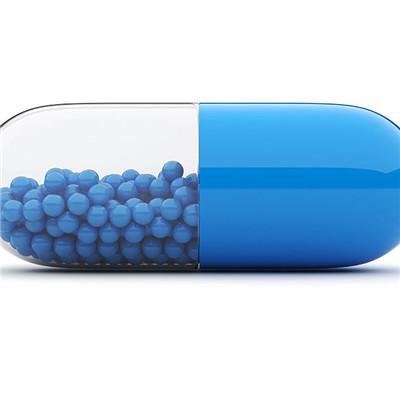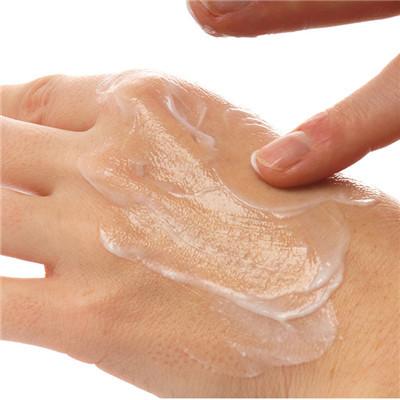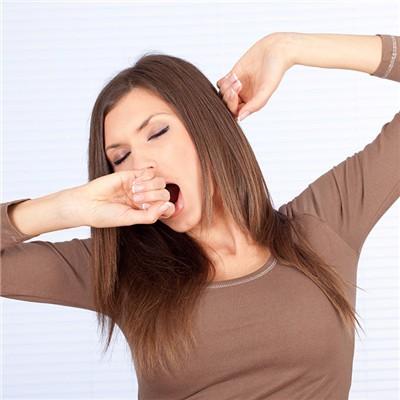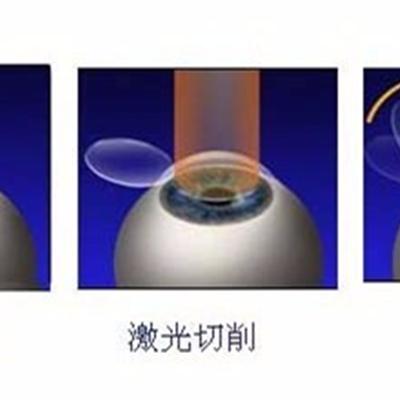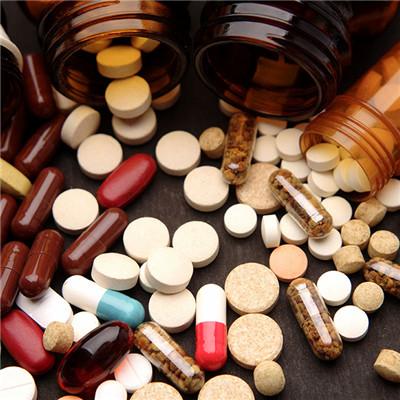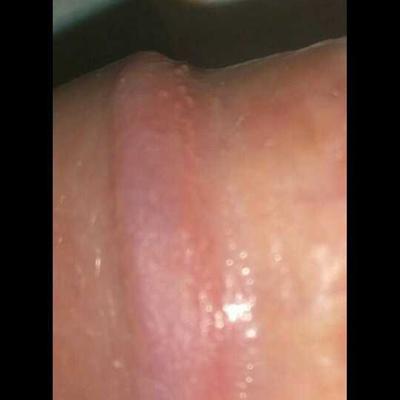What causes acne?
summary
Many teenagers are troubled by acne on their faces. Acne is a common chronic inflammatory skin disease, which usually occurs on the face, neck, chest, back, shoulder and upper arm. Acne has a variety of pathogenic factors, its pathogenesis is not very clear. Endocrine factors, the role of sebum, hair follicle microorganisms are the main factors of acne. What causes acne? Let's talk about it
What causes acne?
Acne is closely related to sexual endocrine. It seldom occurs before puberty. People who have lost or decreased sexual function, such as eunuchs who were castrated in ancient palaces, do not suffer from acne. People with decreased sexual function, such as testosterone, can promote the growth of beard and the occurrence of acne. When treating diseases with corticotropin or corticosteroids, acne rash often occurs, Women often have acne attacks before menstruation. The symptoms of acne during pregnancy were relieved. Both men and women have androgens and estrogens. The organs secreting sex hormones in male are testis and adrenal gland; In women, the ovaries, placenta and adrenal glands. There are different ratios of androgen and estrogen in men and women. The change of the ratio may cause acne.
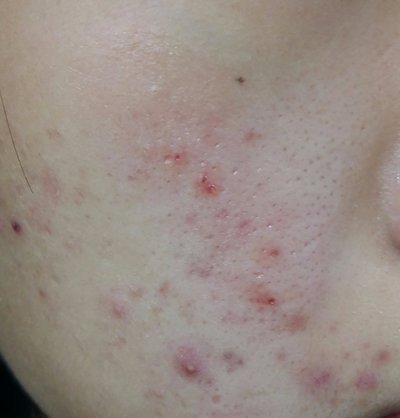
The development of sebaceous glands and the secretion of sebaceous glands are also related to the increase of androgen, among which testosterone has the strongest effect on increasing the activity of sebaceous glands. Progesterone and dehydroepiandrosterone (DHA) in adrenal cortex are also involved, and the latter may play an important role in the early stage of acne. Testosterone in the skin through 5- α It was transformed into 5 with higher activity by reductase- α Dihydrotestosterone stimulates the turnover of sebaceous gland cells and lipid synthesis, resulting in increased sebaceous secretion, producing thick and excessive sebum, which can not be completely excreted and gradually accumulated in the mouth of hair follicle. At the same time, the hair follicle duct is also hyperkeratosis due to androgen action, resulting in hypertrophic hair follicle wall and preventing sebum excretion. The number of epithelial cells on the hair follicle wall is increased and mixed with thick sebum, After exposed to the top of the hair follicle mouth, it gradually dries, and after the oxidation of the air, melanin deposition, dust pollution and discoloration form blackhead acne.
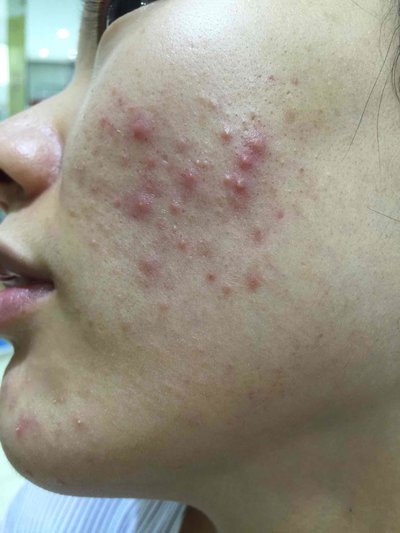
Corynebacterium acnes, Staphylococcus albus and pityriasis ovale exist in hair follicles, especially Corynebacterium acnes contains esterase which can decompose sebum. Sebum in hair follicles is decomposed by lipase and produces more free fatty acids. These free fatty acids can cause nonspecific inflammatory reactions in hair follicles and around hair follicles, When the tiny ulcers and free fatty acids in the acne wall enter the nearby dermis, and the blackhead acne compresses the nearby cells, their antibacterial power decreases and they are easy to be infected by bacteria, causing inflammation. As a result, the patient develops papules, pustules, nodules, and abscesses.

matters needing attention
After the treatment of acne on the face, we should pay attention to the light diet, and we can't squeeze it with our hands, and the cleaning products should not be irritating.




